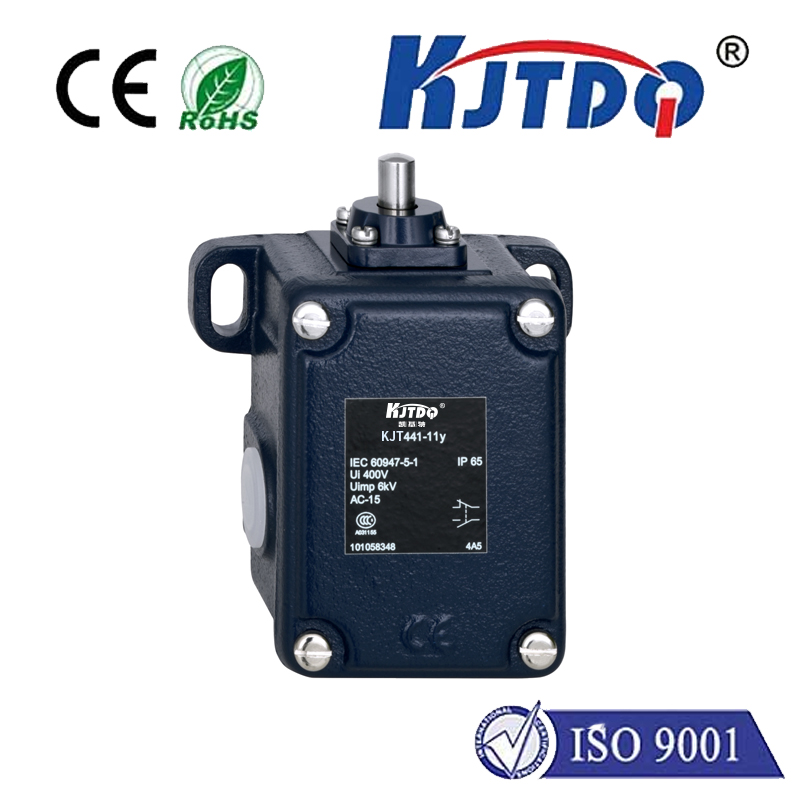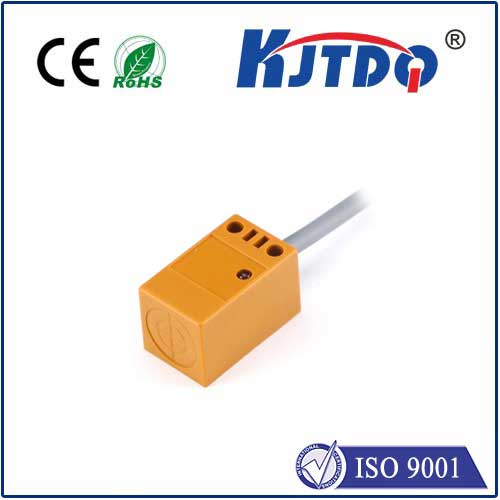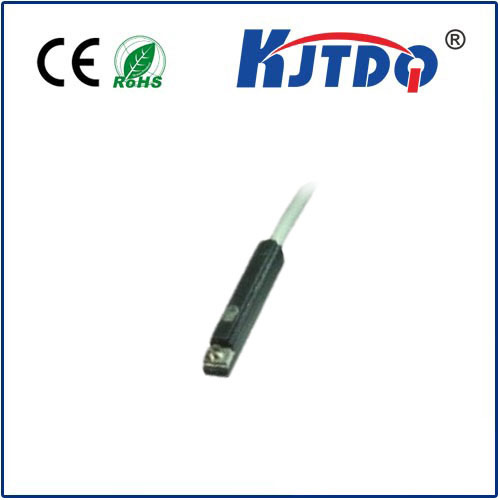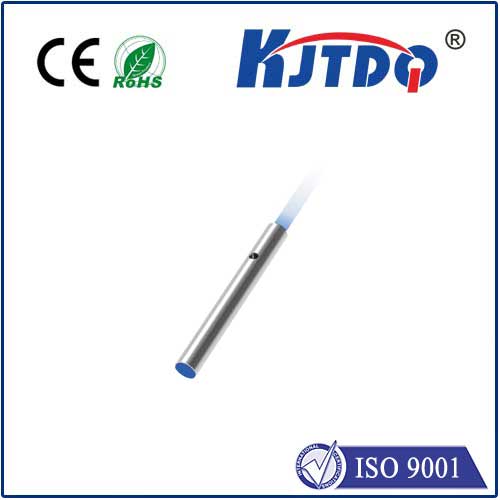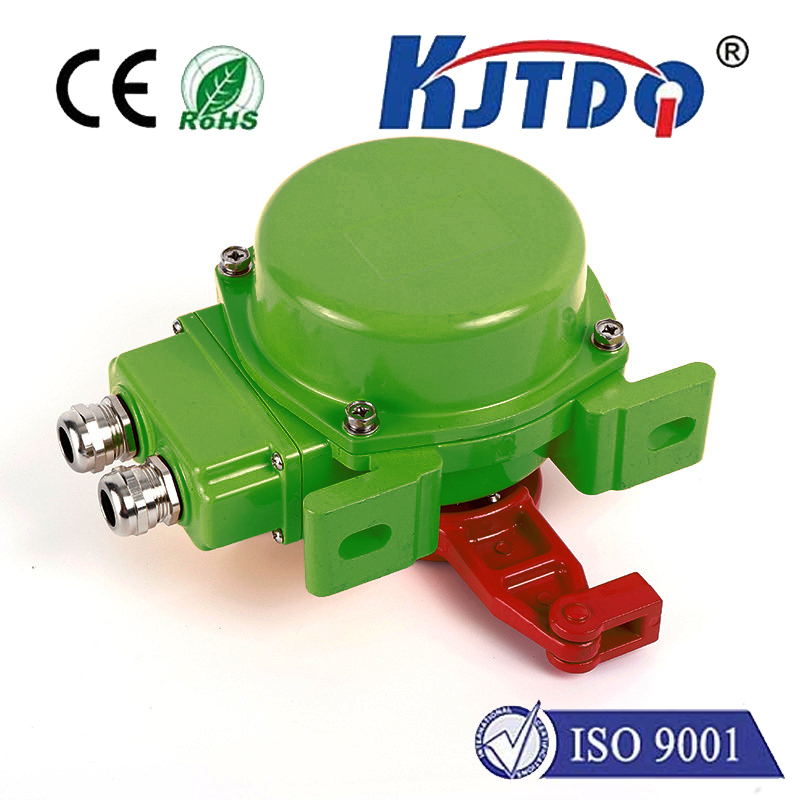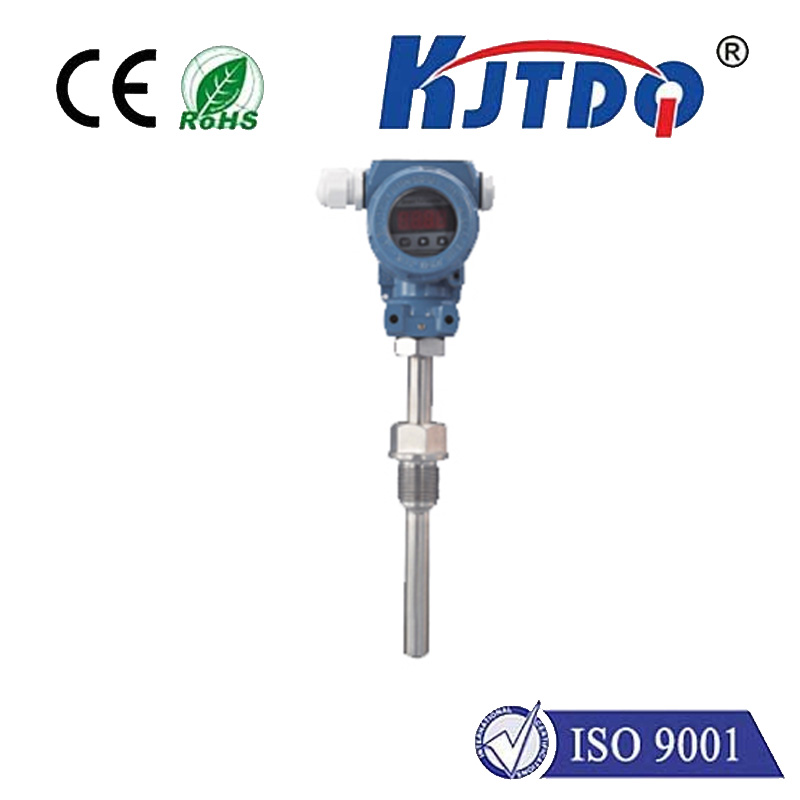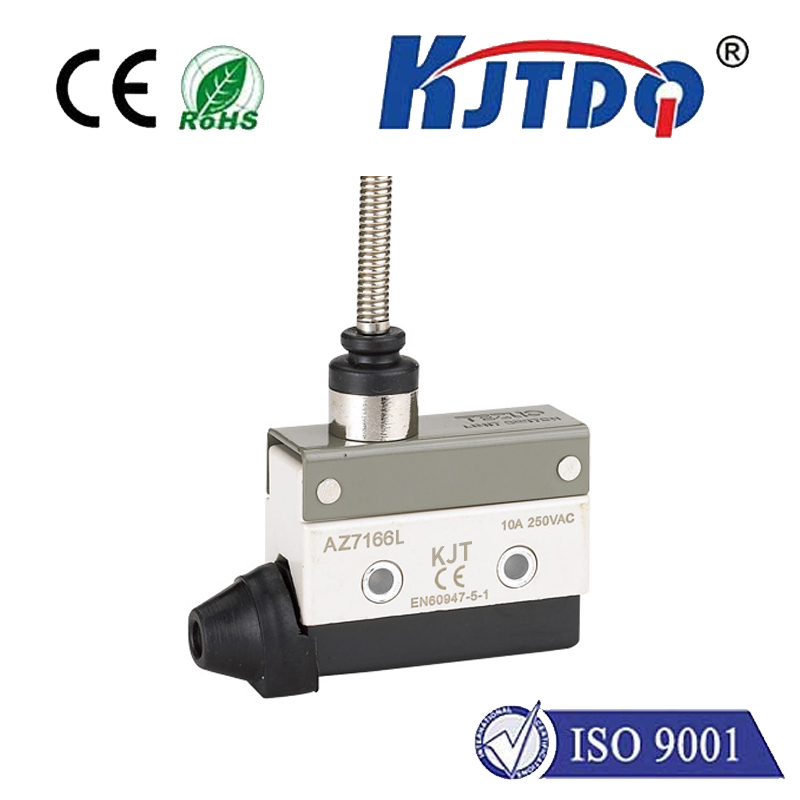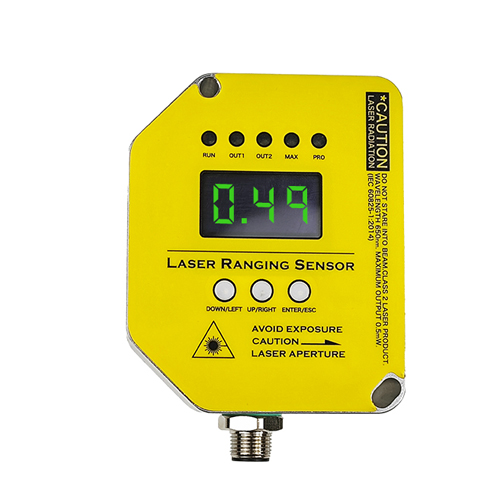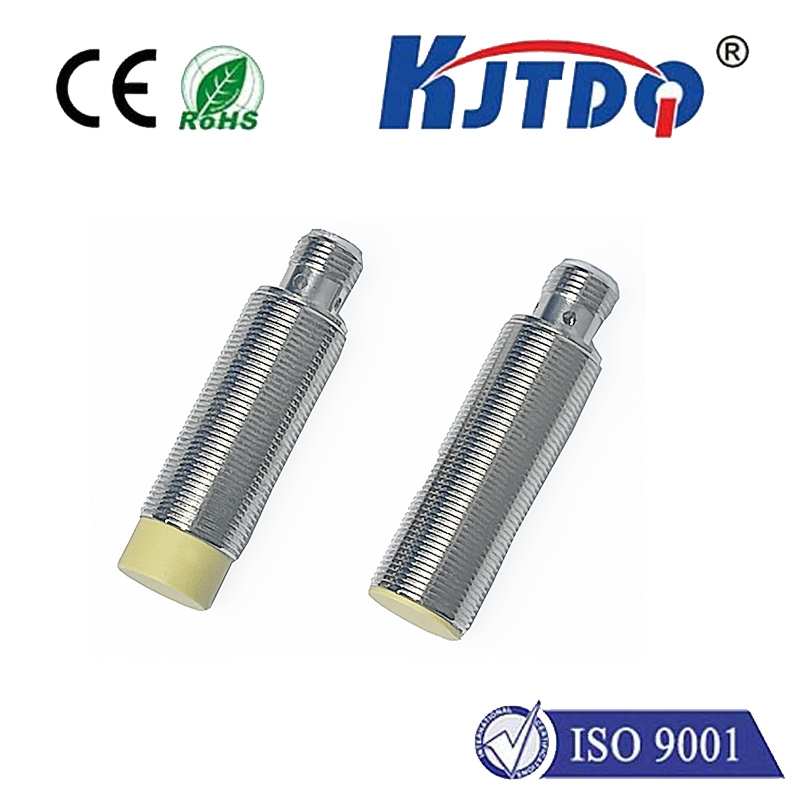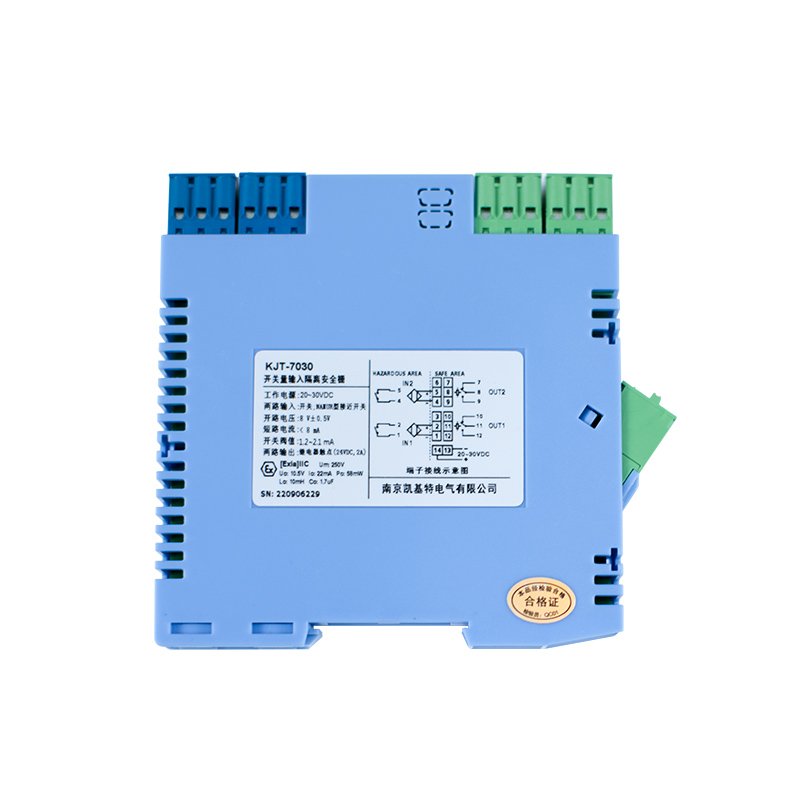E3JK-DR13 2M m12 photoelectric sensor
- time:2025-10-11 08:51:49
- Click:0
Unlocking Precision Detection: The E3JK-DR13 2M M12 Photoelectric Sensor
In the bustling world of industrial automation, where efficiency, safety, and precision are paramount, sensors act as the digital nervous system. They detect presence, position, absence, or distance, triggering vital actions within machines and processes. Photoelectric sensors, specifically, are workhorses in countless applications, relying on light beams to perform their tasks reliably. Among this essential category, the Omron E3JK-DR13 2M M12 photoelectric sensor stands out as a versatile and robust solution designed for demanding environments. Let’s delve into what makes this particular sensor a go-to choice for engineers and integrators.
Understanding the Photoelectric Advantage
At its core, a photoelectric sensor consists of an emitter (light source) and a receiver. The emitter projects a beam of light – often infrared, visible red, or laser – towards the receiver. The fundamental working principle is simple: if the beam is interrupted (object detected) or reflected back (depending on sensor type), the receiver triggers an electrical signal change. This signal is then used to control machinery – stopping a conveyor, counting parts, verifying assembly, or initiating the next step in a sequence.
- Reliability: Less susceptible to environmental factors like dust or target surface characteristics compared to some other sensor types.
- Long Sensing Ranges: Capable of detecting objects from millimeters up to several meters away.
- Non-Contact Detection: Eliminates physical wear and tear on both the sensor and the target.
- Versatility: Available in diverse configurations (through-beam, retro-reflective, diffuse-reflective) to suit specific application needs.
Demystifying the E3JK-DR13 2M M12: Key Features & Specifications

The model designation “E3JK-DR13 2M M12” provides a concise blueprint of its capabilities:
- E3JK Series: This signifies it’s part of Omron’s reputable line of diffuse-reflective photoelectric sensors. Diffuse-reflective sensors house both the emitter and receiver in a single housing. They detect objects by sensing the light diffusely reflected back from the target itself. This simplifies installation (no separate reflector required), making them incredibly popular for general-purpose object detection.
- DR13: This code typically identifies specific attributes within the E3JK series, such as the DC power supply requirement (often 12-24V DC), the output configuration (likely an NPN transistor output), and potentially the specific sensing range or beam characteristics. Crucially, the “13” often denotes a standard sensing distance optimized for common industrial tasks.
- 2M: This clearly indicates that the sensor is equipped with a 2-meter long integral cable. This pre-attached cable provides significant flexibility during installation, allowing the sensor head to be positioned optimally while connecting the wiring at a convenient termination point, reducing the need for separate cabling runs and junction boxes.
- M12: This specifies the connector type at the end of the 2-meter cable. The M12 connector (specifically, likely a 4-pin M12 connector given the standard DC output configuration) is an industry-standard circular connector renowned for its:
- Robustness: Highly resistant to vibration, shock, and environmental contaminants.
- IP67 Rating Contribution: When properly mated, M12 connectors help achieve the sensor’s overall IP67 ingress protection rating, meaning it is dust-tight and protected against immersion in water up to 1 meter for 30 minutes. This makes the E3JK-DR13 suitable for harsh factory floors, washdown areas, and outdoor applications.
- Quick & Secure Connection: Enables fast installation, maintenance, and replacement using standard M12 receptacles.
Core Performance Characteristics:
- Sensing Method: Diffuse-reflective.
- Sensing Distance: Typically 300mm (30cm) for this model (Confirming the specific standard distance for DR13 is recommended, as it’s often 300mm). Range is influenced by target size, color, and surface finish.
- Light Source: Usually Infrared LED (invisible to the human eye) for reliability and resistance to ambient light interference.
- Power Supply: 12-24V DC, standard industrial control voltage.
- Output: Commonly NPN Normally Open (NO) transistor output.
- Response Time: Fast response, suitable for high-speed applications.
- Housing: Compact, durable plastic housing.
- Protection Rating: IP67 (IEC) - Impervious to dust and capable of withstanding temporary submersion.
Where the E3JK-DR13 2M M12 Shines: Applications
The combination of diffuse-reflective operation, robust M12 connection, long cable, DC power, and IP67 rating makes this sensor incredibly adaptable. Typical applications include:
- Object Detection on Conveyors: Detecting boxes, parts, bottles, or pallets for counting, sorting, or verifying presence.
- Part Positioning: Ensuring components are correctly placed before a robotic arm operates or before a machine cycle begins.
- Level Detection: Monitoring fill levels in bins, hoppers, or tanks (using the presence/absence principle).
- Door & Gate Control: Sensing when a door is open or closed for safety interlocks.
- Packaging Machinery: Verifying carton flaps are closed, detecting labels, or confirming product presence in trays.
- Material Handling: Detecting packages on chutes, slides, or diverters.
- Assembly Line Verification: Confirming parts are present before assembly or welding.
Why Choose This Specific Model? Key Advantages
- Simplified Installation: The diffuse-reflective design eliminates the complexity of aligning a separate emitter and receiver or mounting a reflector opposite the sensor. The 2-meter cable provides ample reach, and the standard M12 connector integrates seamlessly with modern control panels and I/O blocks.
- Enhanced Durability & Reliability: The IP67 rating, robust housing, and vibration-resistant M12 connector ensure long service life even in challenging industrial environments involving dust, moisture, and mechanical stress. DC operation often provides better noise immunity compared to some AC sensors.
- Cost-Effectiveness: Diffuse-reflective sensors are generally more economical than through-beam setups requiring two separate units. The pre-wired cable reduces installation time and associated labor costs.
- Flexibility: Suitable for a wide range of materials and surfaces (though highly reflective or very dark targets can affect range). The DC power and NPN output are standard and compatible with most PLCs and controllers.
Implementing Effectively: Considerations
- Target Characteristics: Understand that sensing range can vary significantly. A large, matte white target will be detected at the maximum specified range, while a small, shiny black object might significantly reduce the effective range. Always test with the actual target object.
- Background Interference: Ensure stable mounting so that the background behind the intended detection zone doesn’t change or reflect light unpredictably, potentially causing false triggers. Some models feature background suppression technology; the standard E3JK-DR13 uses standard diffuse reflection.
- Ambient Light: While infrared models are resistant, extremely intense ambient light (like direct sunlight or welding arcs) at the receiver’s frequency can potentially interfere. Mounting position or using a hood/shield may be necessary in such cases.
- Electrical Compatibility: Verify the 12-24V DC supply requirement and NPN output type match your control system’s input requirements. Ensure correct wiring polarity.
The E3JK-DR13 2M M12 photoelectric sensor exemplifies practical, robust sensing












